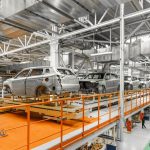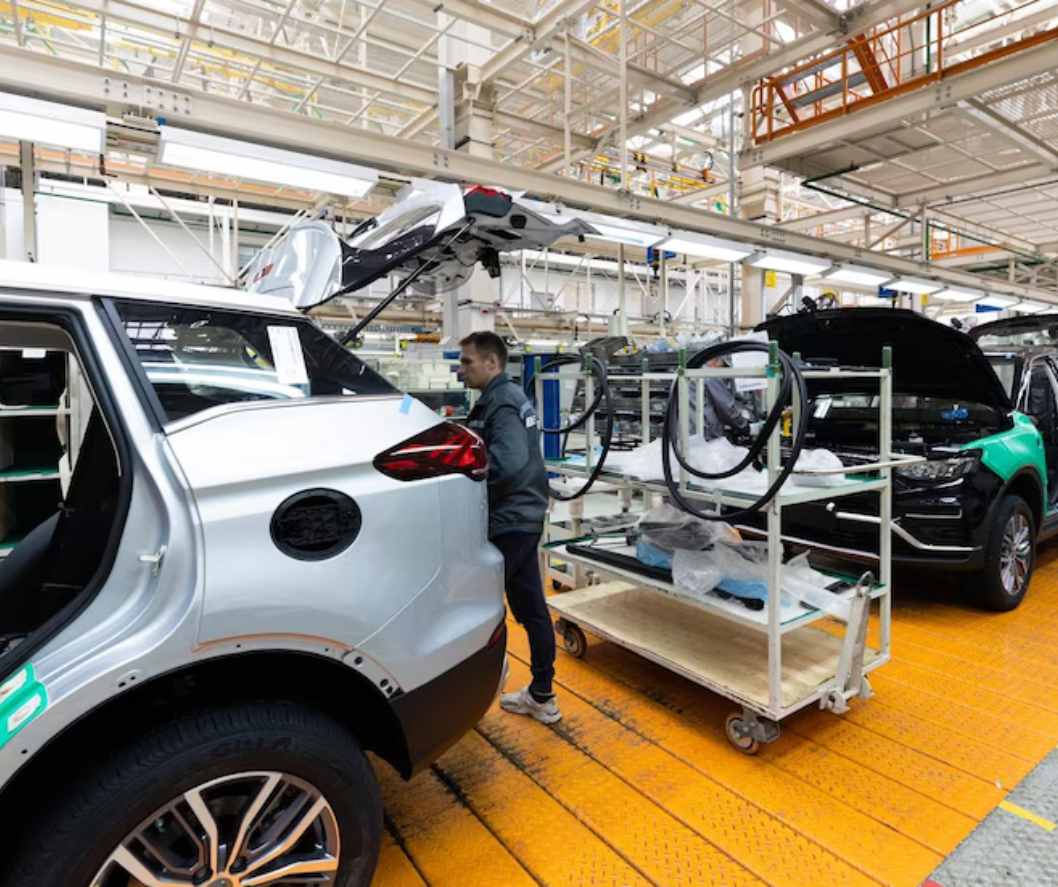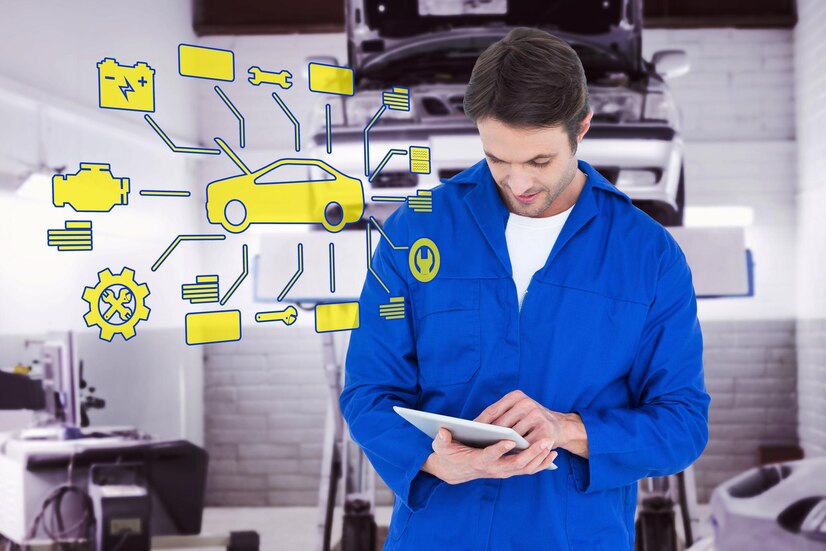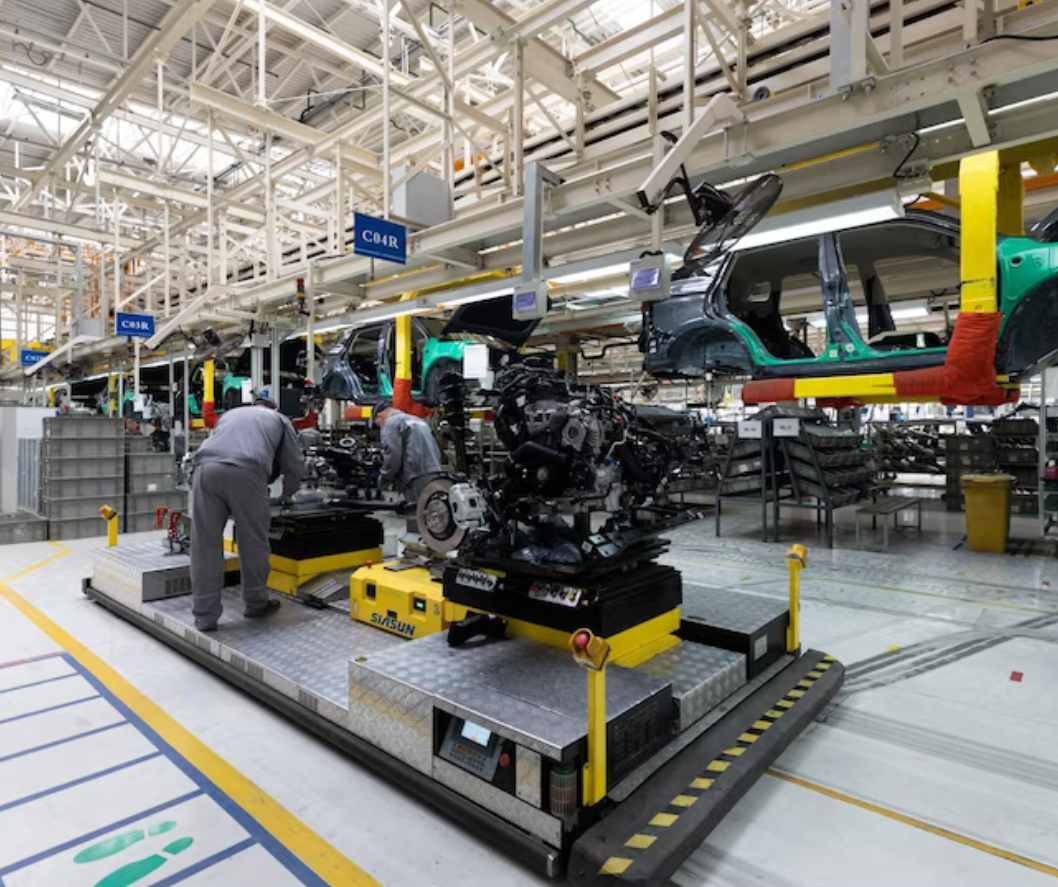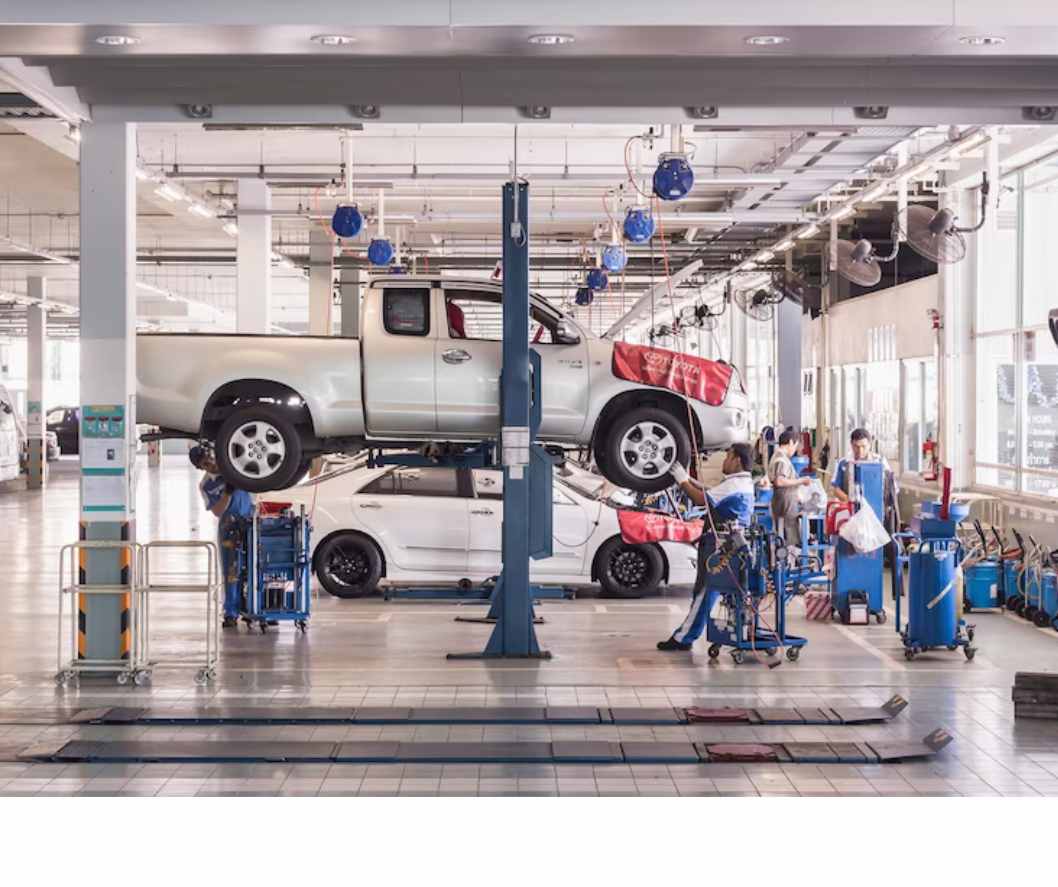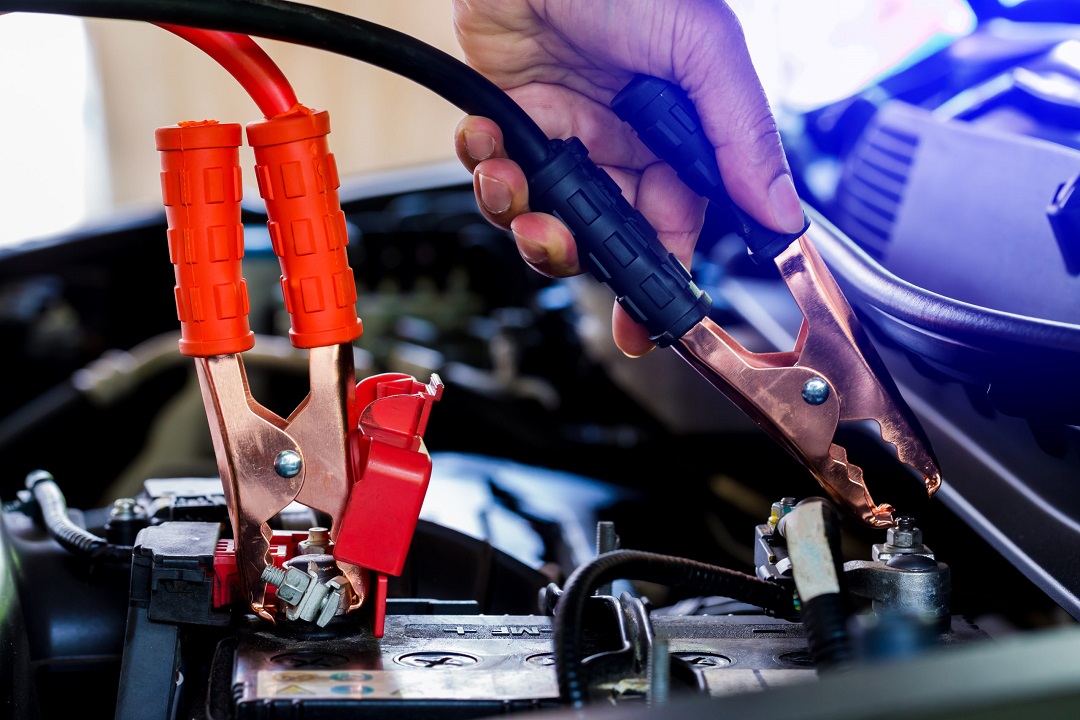The Auto Industry: An Essential Pillar of Modern Society In this ever-evolving world, the auto industry holds a unique and significant place. It’s not just about the cars we drive but also about the complex web of innovation, technology, and societal impacts that come with it. In this article, we will dive deep into what is happening to the auto industry, exploring its historical evolution, technological revolutions, market trends, challenges, and the exciting innovations that shape our driving experiences. So buckle up because we’re about to embark on a journey through the gears and circuits of the auto world.
Historical Perspective
The auto industry’s journey traces back to its humble beginnings when steam-powered contraptions gave rise to self-propelled transportation. Fast-forward through time, and we see how the once-mechanical marvels have evolved into sophisticated machines that integrate artificial intelligence and electric propulsion systems. The transition didn’t just happen overnight; it’s a saga of innovation, resilience, and adaptation.
Technological Revolution
The rise of Electric Vehicles (EVs) is undoubtedly one of the most transformative developments in recent times. With growing environmental concerns and a push for sustainability, EVs have emerged as frontrunners in reshaping the auto landscape. Their benefits extend beyond zero emissions, offering smoother rides, lower operating costs, and reduced reliance on fossil fuels. However, this transition is not without its challenges.
Imagine a world where cars can navigate, making transportation safer and more efficient. The journey towards fully autonomous vehicles has paved the way for groundbreaking safety innovations, reducing human error on the road. From adaptive cruise control to lane-keeping assistance, these technologies showcase the potential of AI and robotics in redefining transportation as we know it.
Market Trends
Consumer preferences have shifted dramatically in recent years. The call for sustainability has led to a surge in demand for eco-friendly vehicles. But it’s not just about the environment – connectivity is also a driving force. Today’s drivers seek vehicles seamlessly integrating with their digital lives, providing advanced infotainment, navigation, and communication options.
The auto industry is a global playground, with emerging markets like China, India, and Southeast Asia playing a pivotal role. Established players and newcomers vie for dominance, intensifying competition and innovation. As the industry expands its horizons, it adapts to diverse cultural influences and economic factors, shaping the driving experiences of millions.
Industry Challenges
The road to progress is often paved with regulatory challenges. Emission standards drive automakers to develop cleaner and more efficient technologies. On the other hand, safety regulations push for advanced driver assistance systems and crash avoidance technologies. Striking a balance between innovation and compliance remains a constant challenge.
In the modern auto industry, technology reigns supreme. However, the industry’s heavy reliance on microchips has led to supply chain disruptions, most notably the shortages that impacted global production. This incident highlights the vulnerability of complex supply networks and emphasizes the need for diversification and resilience.
Key Players and Innovations
Established automakers are not resting on their laurels. They’re embracing innovation through initiatives like electric and hybrid vehicle launches and forming collaborations and partnerships with tech companies. This synergy between old and new industries drives transformation from within, ensuring a seamless integration of technology and mobility.
The auto industry’s evolution has opened doors for new entrants armed with disruptive technologies. From electric startups to companies exploring autonomous vehicle platforms, these newcomers challenge the status quo and carve out niches. Their contributions enrich the industry’s landscape and encourage further innovation.
Sustainability and Environmental Impact
The auto industry plays a crucial role in combating climate change. Electric vehicles are at the forefront of this battle, offering a pathway to reduce carbon emissions and dependence on fossil fuels. However, the transition requires EV adoption, robust charging infrastructure, and renewable energy sources.
The industry’s environmental impact extends beyond tailpipe emissions. The circular economy concept emphasizes recycling, reusing, and reducing waste in manufacturing processes. This approach minimizes the environmental footprint and contributes to sustainable and eco-friendly vehicle production.
Workforce Evolution
As technology becomes intertwined with the auto industry, the skillsets required from its workforce are evolving. Embracing digital skills, understanding AI, and adapting to new manufacturing processes are becoming essential. Reskilling and upskilling initiatives ensure that the workforce can harness technology’s potential.
Automation and robotics are changing the face of manufacturing. While concerns arise about job losses, the reality is more nuanced. Automation complements human efforts, taking care of repetitive tasks and improving precision. This partnership between humans and machines shapes the industry’s future and paves the way for new, hybrid roles.
Economic and Societal Impacts
The evolution of the auto industry reshapes employment patterns. While some traditional roles may diminish, new opportunities emerge in electric powertrain development, software engineering, and data analysis. Economic resilience depends on a dynamic workforce that embraces change and learns to adapt.
As transportation evolves, so do our cities. Reduced traffic congestion and improved air quality are sustainable transportation benefits. The auto industry’s innovations and urban planning initiatives contribute to a transformed urban landscape that prioritizes cleaner and more efficient mobility solutions.
Innovations in User Experience
Modern vehicles are not just modes of transportation; they’re rolling smart devices. The Internet of Things (IoT) integration enhances user experiences by providing real-time data, remote vehicle control, and predictive maintenance. These connected features create a seamless and convenient driving experience.
Artificial Intelligence is making driving more personalized than ever. AI-driven features adapt to individual preferences, whether adjusting climate control or optimizing routes based on traffic conditions. This level of customization elevates driving comfort and convenience to new heights.
Investments and Funding
The race for innovation demands substantial investments in research and development. Established automakers dedicate significant budgets to future tech, ensuring they remain at the forefront of industry advancements. These investments shape not only their growth but also the trajectory of the entire auto sector.
Disruptive ideas often come from startups; venture capital is vital in nurturing these budding innovations. The auto tech landscape sees a steady influx of funding for companies exploring electric mobility, autonomous vehicles, and novel transportation solutions.
Reshaping Mobility Services
Models Ride-sharing and car-sharing platforms have disrupted traditional ownership models. Instead of owning vehicles, people opt for flexible, on-demand mobility solutions. This shift has implications not only for individual consumers but also for urban planning and traffic management.
Subscription-based models offer drivers the flexibility to experience a variety of vehicles without the long-term commitment of ownership. These services cater to changing consumer preferences and open up new opportunities for automakers to connect with their audience.
Regional Variances
The auto industry’s dynamics are influenced by cultural preferences and government policies unique to each region. From vehicle size and design to fuel preferences, these factors shape market trends and consumer choices. Government incentives also play a role in promoting sustainable transportation solutions.
Government Incentives and Policies
Governments worldwide actively encourage electric vehicle adoption through incentives such as subsidies and tax breaks. Additionally, the imposition of carbon taxes incentivizes automakers to reduce emissions. These policies drive industry changes and contribute to broader environmental goals.
Future Predictions
The auto industry’s journey is far from over. We anticipate continued technological leaps, with advancements in EV range, autonomous capabilities, and user experiences. Business models will shift, integrating services beyond vehicle sales, and sustainability will remain a top priority, shaping a greener transportation ecosystem.
Conclusion
As we conclude this exploration of the auto industry’s evolution, it’s evident that the road ahead is full of exciting twists and turns. The intersection of technology, sustainability, and societal needs is steering the industry towards a new era of mobility. So stay informed, adapt to change, and embrace the innovations that promise to revolutionize how we move.
FAQs
Q1: How are electric vehicles contributing to sustainability?
A: Electric vehicles reduce emissions and dependence on fossil fuels, promoting a cleaner environment.
Q2: What impact do autonomous vehicles have on safety?
A: Autonomous vehicles bring advanced safety innovations, reducing human errors and accidents.
Q3: How are startups reshaping the auto industry?
A: Startups introduce disruptive technologies and niche markets, spurring innovation and competition.
Q4: What role does government policy play in shaping the auto industry?
A: Government incentives and policies drive the adoption of green technologies and shape market trends.
Q5: What’s the future of urban mobility with evolving transportation trends?
A: Urban mobility will see reduced traffic congestion and a transformed urban landscape due to sustainable transportation solutions.


